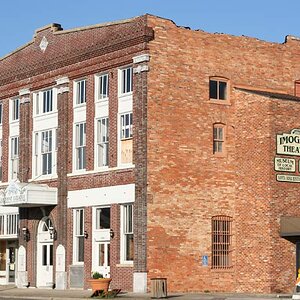ygb
TPF Noob!
- Joined
- Nov 6, 2014
- Messages
- 65
- Reaction score
- 4
- Can others edit my Photos
- Photos NOT OK to edit
ok, sorry, you might have to deal with me here for a while
I was just looking at the film and it was marked as "daylight balanced". I didn't have a chance to even think about this part yet, but now that I stumbled on it, what will I do if I am shooting in the shade? How do I accomplish proper white balance with film?
I was just looking at the film and it was marked as "daylight balanced". I didn't have a chance to even think about this part yet, but now that I stumbled on it, what will I do if I am shooting in the shade? How do I accomplish proper white balance with film?


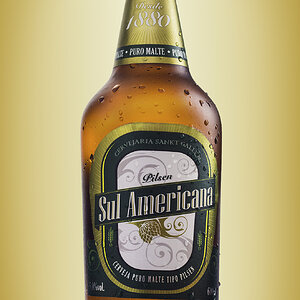
![[No title]](/data/xfmg/thumbnail/30/30994-49c5521f7b5b417f49dcd43891cbec27.jpg?1619734557)
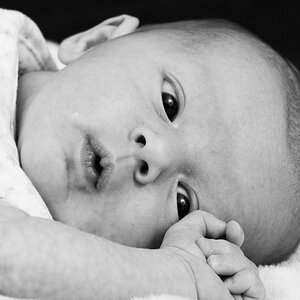
![[No title]](/data/xfmg/thumbnail/32/32945-a29b33c040ad72e4b783ea5e431cec65.jpg?1619735778)

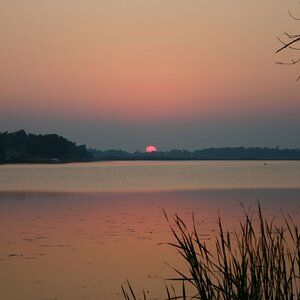
![[No title]](/data/xfmg/thumbnail/34/34345-5642c495cae8d6c7bb83c28664146cf1.jpg?1619736381)
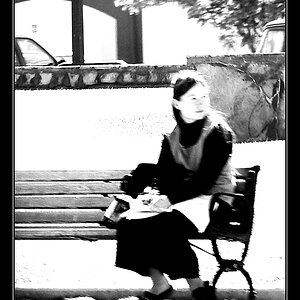
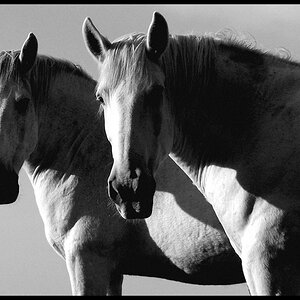
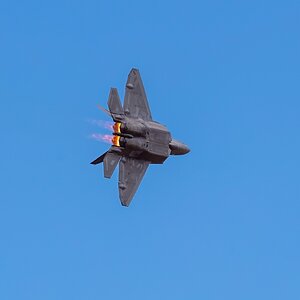
![[No title]](/data/xfmg/thumbnail/1/1592-cfae4a7ea791f96c6e2d03484be2e454.jpg?1619729144)
